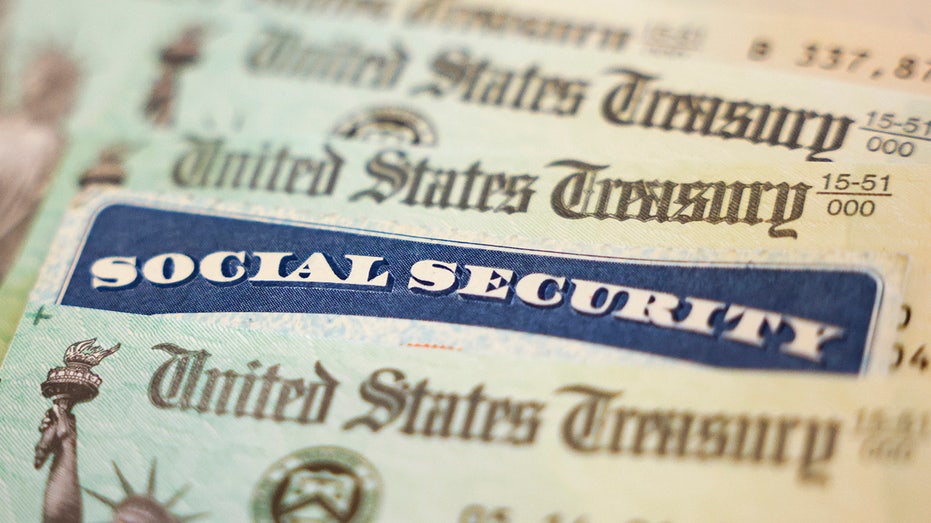Social Security recipients could see biggest cost-of-living raise since 1981
Social Security beneficiaries could see an 8.9% increase in their monthly checks next year
Investors should remain 'cautious' as inflation rises: Expert
SlateStone Wealth chief market strategist and T3 Trading CSO Scott Redler react to Q1 earnings reports on 'The Claman Countdown.'
Social Security recipients are on track to receive the biggest cost-of-living raise in four decades as sky-high inflation rapidly diminishes the buying power of retired Americans.
The Senior Citizens League, a nonpartisan group that focuses on issues relating to older Americans, estimated the adjustment could be as high as 8.9%, based on March inflation data, which showed that consumer prices soared 8.5% from the previous year, the fastest year-over-year jump since December 1981.
YELLEN FLEXES MUSCLE IN RUSSIA FIGHT, WARNS NATION AGAINST FLOUTING SANCTIONS
The annual Social Security change is calculated based on the Consumer Price Index for Urban Wage Earners and Clerical Workers, or the CPI-W, which jumped 9.4% over the past year.
"I have never seen my estimates as high as what I'm seeing right now," Mary Johnson, a Social Security analyst for the Senior Citizens League, told FOX Business. "The 8.9% would be the highest since 1981."

A sign is seen outside a US Social Security Administration building, November 5, 2020, in Burbank, California. (VALERIE MACON/AFP via Getty Images / Getty Images)
Should Social Security beneficiaries see an 8.9% increase to their monthly checks next year, it would mark the steepest annual adjustment since 1981, when recipients saw an 11.2% bump. The Senior Citizens League previously predicted the COLA for 2023 could be 7.6%.
The Social Security Administration will release the final adjustment percentage in October.
The estimated figure could still be subject to change and ultimately hinges on whether inflation has peaked or will continue to rise. Several economists said there are signs that inflation may be subsiding, with a surge in gas price accounting for much of the jump in prices last month. Excluding gas and food, which are more volatile measurements, so-called core inflation actually cooled slightly between February and March.
However, other economists have noted that the outlook remains uncertain as volatile things like the Russian war in Ukraine and the COVID-19 pandemic threaten to further roil global markets.
The average benefit in 2022 jumped by 5.9%, which amounted to a monthly increase of $92 for the average retired American, bringing the full amount to $1,657, the Social Security Administration announced last year. But soaring inflation has already eroded the entirety of the increase, according to calculations by the Senior Citizens League.

In this photo illustration, a Social Security card sits alongside checks from the U.S. Treasury on October 14, 2021 in Washington, DC. (Photo illustration by Kevin Dietsch/Getty Images / Getty Images)
At the end of April, the total shortfall for an average benefit was $162.60.
"Inflation means lower savings and for people who don’t have enough savings, it can mean higher debt," Johnson said. "And the interest with rising rates, especially on consumer credit card debt, can be very costly for people living on fixed income and hard to manage when they’re in retirement."
Since 2000, Social Security benefits have lost roughly 30% of their purchasing power due to inadequate adjustments that underestimate inflation and rising health care costs, according to the Senior Citizens League.
GET FOX BUSINESS ON THE GO BY CLICKING HERE
The group has pushed Congress to adopt legislation that would index the adjustment to inflation specifically for seniors, such as the Consumer Price Index for the Elderly, or the CPI-E. That index specifically tracks the spending of households with people aged 62 and older.





















